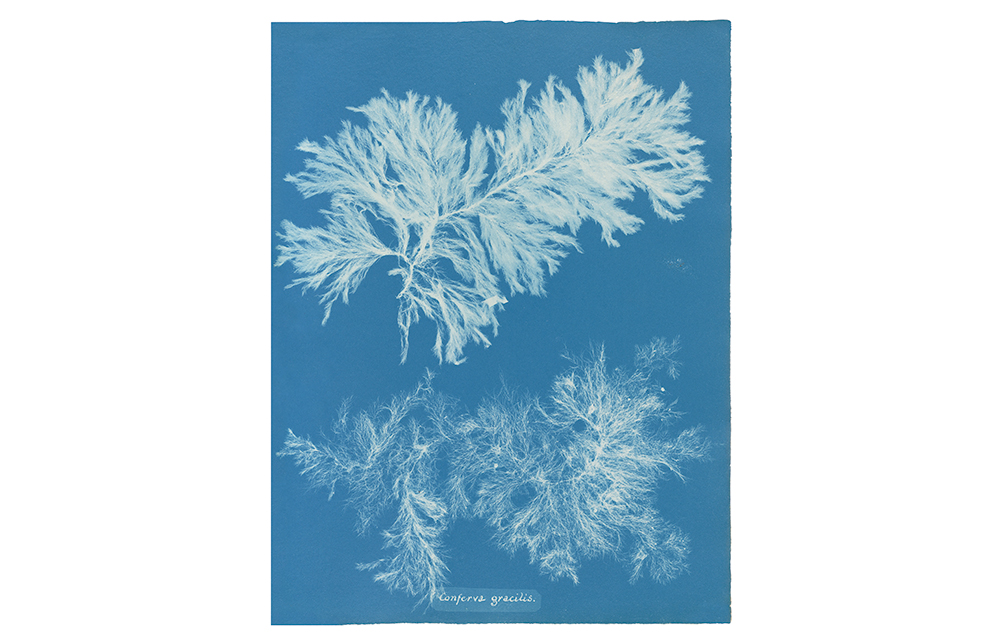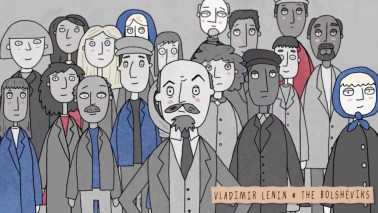Édouard Manet and Edgar Degas first met in a gallery at the Louvre. Degas was standing, etching plate in hand, copying a picture. How audacious, Manet exclaimed, to work without a preliminary drawing. ‘I would not dare to do the same.’ And thus he revealed the essential difference between the two.
Degas was a supreme exponent of drawing, while Manet was a magician of the brushstroke. In many ways they moved on parallel tracks, each interested in subjects from contemporary life, both at odds with academic convention. But their talents were at a tangent. Famously, they fell out after Degas painted a double portrait of his friend and his wife. Enraged, Manet cut off a slice containing Mme Manet’s face. Making women look glamorous wasn’t something Degas did.
Almost five centuries before Lucian Freud, Dürer drew an unflinchingly truthful naked self-portrait
The joint exhibition, currently at the Metropolitan Museum, New York until 7 January 2024 and previously in Paris, is an enthralling exercise in comparison and contrast. For those who haven’t seen it, the catalogue, Manet/Degas, edited by Stephan Wolohojian et al (Metropolitan Museum of Art, £50) offers a handsome substitute.
Art history, like all other histories, is in a process of constant revision. These days the Renaissance, for long regarded as the summit of human achievement, is widely seen, in academia at least, as hopelessly uncool (pale, male, Eurocentric, etc). In Earthly Delights: A History of the Renaissance (Thames & Hudson, £30), Jonathan Jones sets out to rebut the view that the very idea of the Renaissance is ‘a wheezing old steam train, a 19th-century construct’. Instead, he argues, it constituted a revolutionary new focus on the earthy realities of the world, human flesh among them. He makes the case vigorously, persuasively and entertainingly.







Comments
Join the debate for just £1 a month
Be part of the conversation with other Spectator readers by getting your first three months for £3.
UNLOCK ACCESS Just £1 a monthAlready a subscriber? Log in